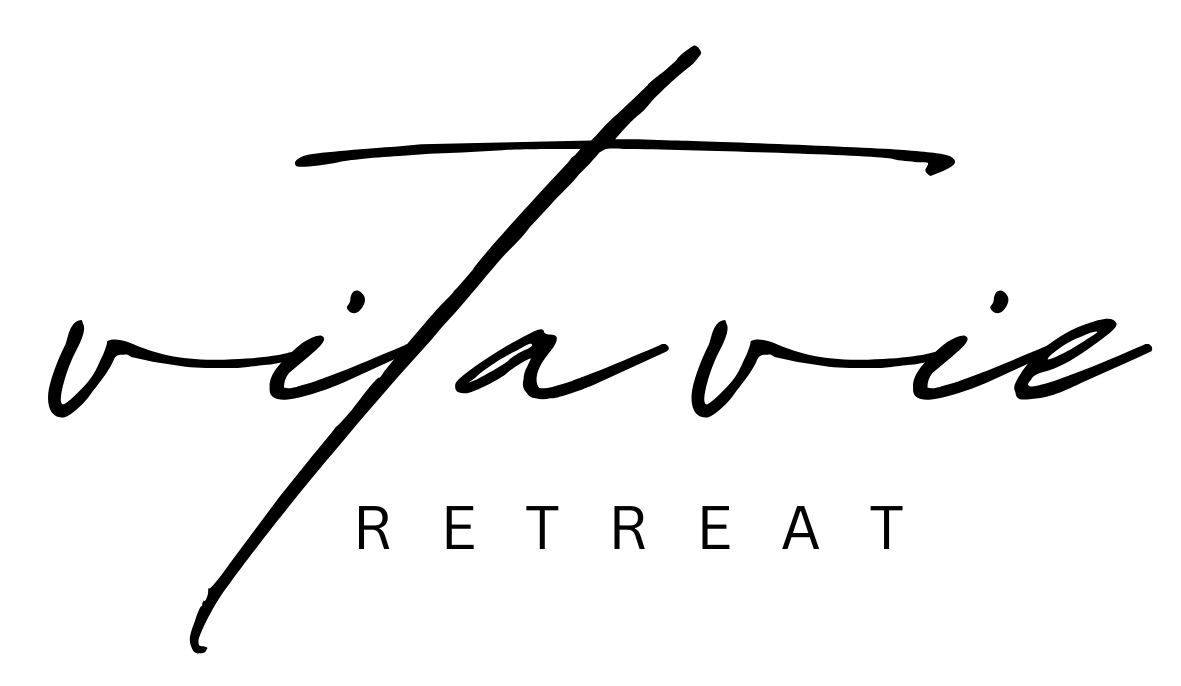3 Easy Ways To Lose Weight
/SIMPLE EATING TIPS TO LOSE WEIGHT
Losing weight can be hard. It can be confusing and even frustrating. For some people, it seems to be a breeze. They eat some lean protein and colorful veggies paired with a few workouts and they’re down 10 lbs. For those of us who have a hard time with it, weight loss doesn’t have to be such a struggle. Luckily, there are a few core healthy habits that everyone can do to aid in their weight loss journey – 3 easy ways to lose weight.
I’ve been coaching people in nutrition for over 15 years. I’m a huge advocate of each individual figuring out what works for them. Each body is unique and needs something different which is why I really dislike “cookie cutter” diets and nutrition plans. That being said, they do work for a lot of people and sometimes you just have to go with what works. You might have been looking for 3 miracle ways to lose weight super fast and that’s not what this article is about. This is about 3 of the core ways to get on the path to solid weight loss – that lasts.
These 3 simple ways to lose weight have nothing to do with a certain diet or type of eating. They have everything to do with developing healthy habits that are needed for any nutritional plan. So whether you’re eating paleo, vegan, gluten free, grain free, are pescatarian or doing a juice fast, you can take advantage. These 3 habits are the building blocks to losing weight and they can be practiced by anyone.
3 NUTRITION TIPS TO LOSE WEIGHT
Portion Control – No matter what you’re eating or how you’re eating, practicing portion control means you’re eating the right amount of food. Is it an exact science? No, but it can sure help you regulate how much food you’re taking in. You could be at a party, a restaurant or just in your own home and use portion control. No fancy gadgets required – just your eyes and your hand in order to measure. This is portion control but it’s also teaching you how to balance your macronutrient (protein/carbohydrate/fat) ratios. Eating in balance is the best way to control blood sugar levels so that your body functions at it’s best and you don’t have energy highs and lows. A nice even energy flow is what we are aiming for all the way through the day. Here’s how to measure per meal:
Protein – Protein portion should be the size and thickness of the palm of your hand. For women, the general recommendation is one palm. For men, eating one to two palms of protein is adequate.
Carbohydrates – Starchy carbohydrates like rice, pasta, beans, potatoes and bread should be limited to a cupped hand. Cup your hand and fill carbs (or just eyeball the amount) to the first knuckle of your fingers. That level (about 1/3 of a cup for most) is the measuring line for carbs. 1 cupped hand for women and 2 cupped hands for men is the carbohydrate portion allotment.
Vegetables – Vegetables get a little more leeway. 1 fist is the portion for women and 2 fists for men. Most of the green leafy vegetables are freebies though. You can have as much lettuce, cucumber and peppers as you’d like. The starchier vegetables like squash, carrot and beets need a little more regulation.
Fat – You can use your thumb for fat. 1 thumb for women and 2 thumbs for men is the portion amount. Fat counts as nuts, butter, nut butters, oils and avocado for example.
Fruit – Fruit should be limited to 1 to 2 portions per day total. 1 fist of fruit is considered a portion and 1 to 2 for both men and women is the recommended amount.
Know Your Hunger Cues – You need to start paying attention NOW to your hunger cues. If you’re serious about losing weight, then do yourself a huge favor and get in touch with your body. You need to know when you’re full and when to stop eating. Here are some tips on how you should “feel” after you’ve eaten and how to determine whether you ate too much:
1 hour after eating – you should still be full.
2 hours after eating – you should not feel full but should not feel hungry yet.
3 hours after eating – you should not be full and shouldn’t really be hungry but might be thinking about a snack. If you are still full at this point, you ate too much at your last meal or snack.
4 hours after eating – it’s time to eat. You aren’t “hangry” but you’re ready to eat some food again – whether that be time for another meal or just a snack. Again, if you are still full at this point then you ate too much at your last meal.
5 hours after eating – time to eat, time to eat, time to eat. If you’re “hangry”, you might not have eaten enough or in the right ratios (protein/carbohydrate/fat). If you’re not hungry yet, you definitely ate too much!
Journal It – I know some of you hate doing this but truthfully, it’s can be a really important tool to know and figure out what’s working and what isn’t. Keeping track of what you eat can provide so much insight into how your body functions best with which foods. Here’s what to journal:
What you eat: Jot down what you ate (8 ounce burger with cheese and about 1/2 cup of coleslaw) for breakfast, lunch and dinner as well as any snacks.
When you ate: Journal your timing. Breakfast at 7:30, snack at 10:30, lunch at 2:30 – you get the gist.
How you felt: Now we’re getting into the nitty gritty. How did you feel after you ate? Were you still full 3 hours later? Did you have digestive issues? Were you really tired? Did you have a ton of energy? How was your mood – were you happy, irritable, stressed, relaxed? Jot down how you felt after each meal and at the beginning of each day and at the end of each day.
Track your progress: How will you track progress? Measurements? Weight on the scale? Running a mile for time? Fitting into an old pair of jeans? What measurements will you use to track your progress – re-measure every two weeks. *If you choose to use scale weight as one of your measurements, I highly recommend that you also do measurements with a measuring tape. Scale weight doesn’t always reflect change, especially in body composition so track both.
Go back and analyze: Once per week, go back and analyze the days. Did you lose weight this past week? Yes? Good, everything is working. No? Did you eat in the right portions? Is one or a few of the foods you’re eating causing inflammation or irritation from an allergy? This is where how you feel comes in. Start paying attention to what your body is telling you and seek professional help if need be.
More To Explore: Next Steps
Here are a few resources to keep the momentum going:
📌 Related Posts
✓ Done-for-You Guides
High Protein Meal & Recipe Bundle → easy, healthy meals in one place
Mediterranean Diet Refresh → fully guided program for easy, sustainable weight loss





















